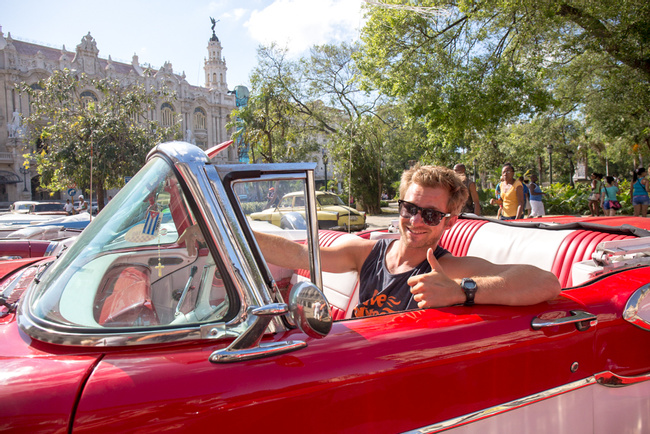Destinos: Adónde Ir en Cuba
Para muchos viajeros, especialmente aquellos provenientes de Estados Unidos, Cuba es una isla cuyas playas pintorescas retienen cierto misterio único por ser una nación comunista. Actualmente es posible viajar a Cuba legalmente como estadounidense, la pregunta obvia es: "¿Adónde ir en Cuba?" O mejor: "¿Adónde ir además de La Habana?" A pesar de que La Habana es un destino principal, ciertamente no es el inicio ni el final de este emocionante país, y su gente vivaz y fuerte.
Hogar de coches clásicos, y de vicios legendarios como el buen ron y los cigarros exquisitos, ¿cómo es Cuba verdaderamente? Hay destinos históricos donde podrá descubrir la historia del país en un tour guiado, o a través del arte y la arquitectura. Explore las tierras altas, donde podrá escalar montañas y absorber la geología de la tierra. Retírese del camino convencional en Cuba y aproveche al máximo su tiempo en el país cuando visite las ubicaciones que la mayoría de turistas se pierden. Sin importar cuál experiencia escoja, se percatará que Cuba es indescriptible, y que no podrá conocer el país hasta que lo visite.








